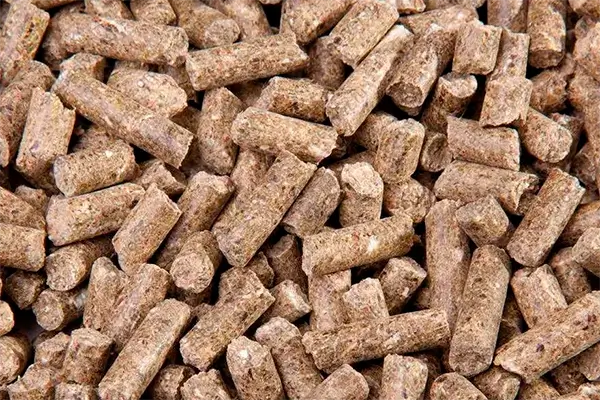Spent grain are formed as a result of the brewing process. This is what remains of the barley raw material when wort has already been developed from it. It has a thick composition, a light brown colour and a sweetish flavour. Due to the fact that dry spent grain contains a lot of protein and other elements, it is widely used for feeding livestock, poultry and even fish.
In its normal state, spent grain contains about 80% water. It cannot be stored in this form more than three days. After a certain period of time (depending on the air temperature), spent grain sour and loses its useful properties. Moreover, all kinds of toxins begin to accumulate in it. Therefore, it is not expedient to transport this product over long distances. In order to avoid souring and reduce the weight of spent grain to be transported, it is pre-dried, after it can also be granulated to reduce transportation costs. Dry spent grain have a storage life up to 12 months.
 Dry spent grain is a high quality fodder. In terms of protein content it comes close to beans, starchy substances in it more than in bran. The nutritional value of dry spent grain is 0.91 k.u., exchange energy is 10.3 MJ/kg. The use of dry spent grain enriches the diet of cows with protein and improves its metabolism in the animal body.
Dry spent grain is a high quality fodder. In terms of protein content it comes close to beans, starchy substances in it more than in bran. The nutritional value of dry spent grain is 0.91 k.u., exchange energy is 10.3 MJ/kg. The use of dry spent grain enriches the diet of cows with protein and improves its metabolism in the animal body.
Dry spent grain increases the absorption of calcium and phosphorus in the animal body. Practice shows that up to 20% (of the total feed weight) of dry spent grain can be introduced into the diet of cows. The introduction of up to 11% (in nutritional value) of dry spent grain in the diet of pigs increases their daily gain by an average of 8-10%. But pigs digest dry spent grain only at 60%, and ruminants - 70-75%. Digestibility without nitrogenous extractives is 60%, fat 88%, fiber 40%.
In addition to proteins and fiber, it contains substances necessary for the body - calcium, phosphorus, magnesium, potassium, sodium, iodine, carotene, vitamins: E, B1, B2, B4, B5. The use of dry spent grain significantly reduces the costs of farms for purchase animal fodder, and also significantly increases the gain and milk yield.
Dry spent grain are used for growing not only farm animals, but also poultry. Feeding it to laying hens allows increasing egg production. When dry spent grain are mixed into broiler feed, the meat yield increases.